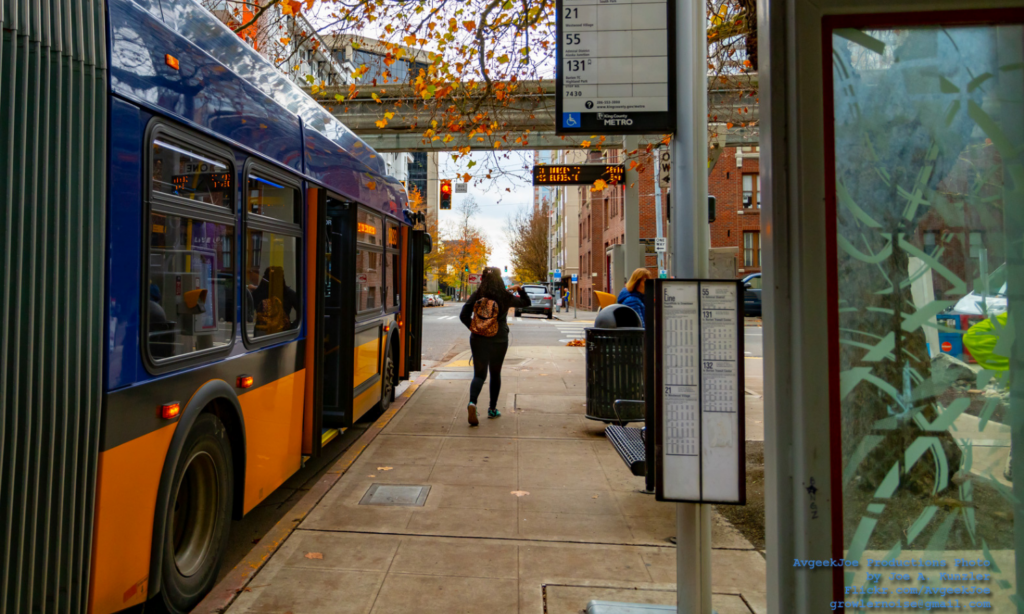
“How Do We Become the Department of Yes?”

A new T4America member is hoping to successfully leverage the exploding landscape of new mobility options to meet more of their goals for encouraging smart development, reduce the amount of required single-occupant car trips and create a better city for tomorrow along the way.
This is a post originally published last week on our member portal especially for T4America members. Would you like to find out more about joining as a member?

Scott Kubly, Seattle DOT
At the Intelligent Transportation Society of America Symposium at University of Washington in Seattle back in July, I had the privilege of hearing Seattle DOT Director Scott Kubly speak to the challenges local governments are facing as they attempt to adapt to new forms of mobility exploding all over the country — ride-for-hire services like Lyft and Uber, carshare services like Zipcar and Car2Go, and bikeshare. (Seattle is a new T4America member.)
I was impressed by Scott’s ability to step back and look at the whole picture in the context of the City of Seattle’s goals.
Seattle is growing quickly. There simply isn’t enough physical space for business as usual, and the city is adjusting accordingly. In the last 4 years, downtown Seattle added 40,000 employees, made possible in part because they planned for, and achieved, a drop in single occupant vehicle mode-share from 35 percent to 31 percent.
New mobility options are often sprouting so fast that it’s difficult for local governments (and regulations) to keep up, but they present a great opportunity for Seattle given the geometric constraints on physical space. “As we keep growing, we need to keep setting that mode-share target lower and lower and get people to use different types of modes, and we need to look at new options,” he said.
Scott suggests re-imagining departments of transportation less as infrastructure providers, and more as systems integrators whose actions are driven by the idea of improving the user’s experience.
As some examples of where that sort of integration to improve overall mobility for users, Scott pointed out the big return on investment for bike-share, and the potential for Uber and Lyft to provide more affordable late-night service than transit can accomplish.
The advent of Uber and Lyft certainly raises questions about drivers’ wages, equitable access, and the risks of congestion caused by oversupply of rides-for-hire that must all be addressed, but in a call to move the ball forward, Scott asks this:
“How do we become the department of yes? How do the public and private sectors work together and say ‘this is what our shared goal is’, so when there is a new service with no regulatory framework, how do we say ‘yeah that’s a cool idea and let’s figure it out.’”
Seattle seems to be figuring out a lot, and we’re excited to have them on board as a new T4A member.
It’s also worth reading this Scott Kubly interview with startup incubator 1776 from earlier this year. -Ed.



